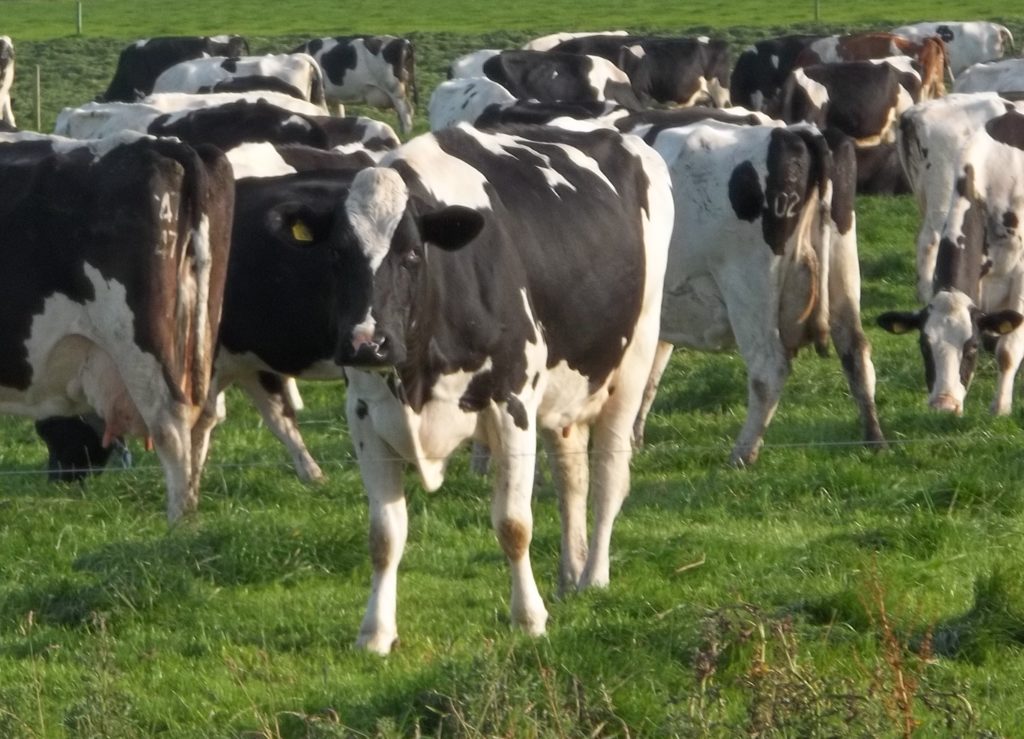Dealing with a Late Spring and Forage Shortages
19 April 2018Grass growth is likely two to three weeks behind normal and many dairy farms are running short of forage, with the added difficulty of getting cows out to grass due to wet ground conditions. Work closely with your nutritionist to see where savings in silage can be made.
Look at including 1 to 2kg of straw in the milking diet to conserve silage, although additional concentrates will be required to maintain protein and energy supply. Alternatively, fat supplements will help improve energy intake and take up less space in the ration. The more straw included though, the more difficult it will be to maintain the current level of production. If grass silage is being replaced with more fibrous forages such as straw, hay or haylage, their higher structural fibre content and NDF means that you can get away with a lower dry matter from forage content. However, still aim for a minimum NDF of 32% and NDF from forage of 20%.
Many milking cows are currently being fed as low as 8kg of forage from dry matter. Cows can adapt to low forage intakes if changes are made gradually. Just be wary of increasing concentrates from starchy sources as this can compromise rumen health. This is especially true if you are feeding wet silage with a high potential acid loading (over 900 meq/kg DM). Monitor for signs of acidosis by observing cudding behaviour (over 70% of cows lying down should be ruminating and no less than 55 chews per cud). If there are undigested grains or fibre present in the muck, consider feeding a yeast or rumen buffer to help alleviate symptoms and improve performance.
Walk the farm to identify which fields are the driest and could carry some cows without causing too much damage. Perhaps late lactation, lower yielding cows could graze the driest areas. Fence off very wet areas, manage gateways with multiple access points to the grazing area and hardcore gateways that will receive the most traffic. Even a short grazing spell of 3 hours can help make forage savings. Cows should mange to eat between 2 to 3kg DM/hour, as long as they go to grass with an appetite. Even 50 cows grazing for 3 hours could save around 1.5T of silage a day.
If conditions are wet, do not try to achieve a 1500kg DM/ha residual. Around 1600-1700kg DM/ha is more appropriate to minimise damage. If grass covers are low (around 2200kg DM/ha), target a stocking rate of around 70 cows/ha. Backfencing will be important to prevent cows trampling previously grazed areas, allowing quicker recovery.
lorna.macpherson@sac.co.uk
Dairy Consultant
Sign up to the FAS newsletter
Receive updates on news, events and publications from Scotland’s Farm Advisory Service

